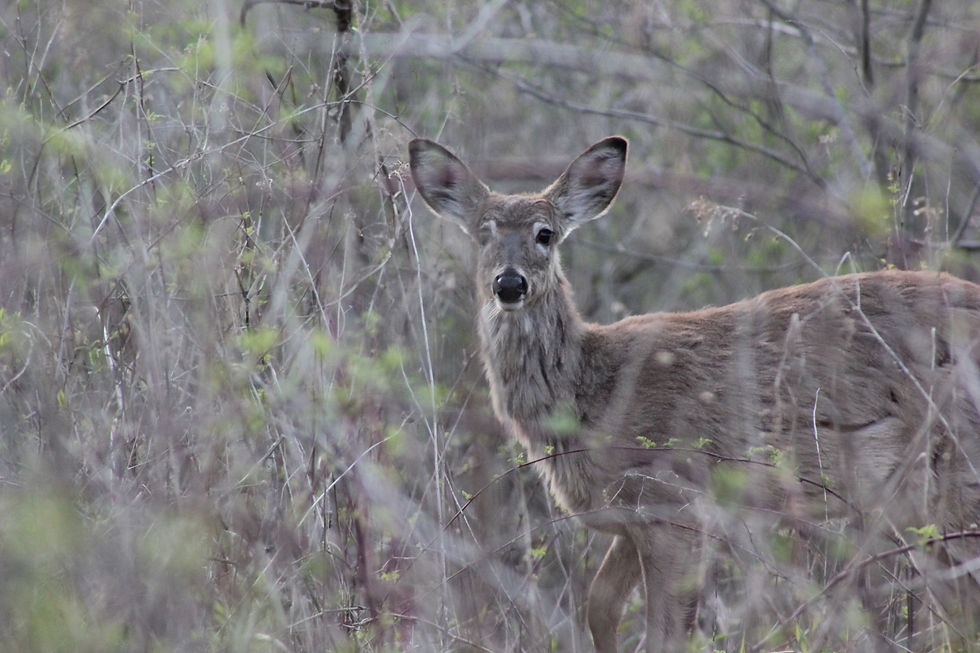How to attract wildlife to your yard (why it is important in the GTA)
Though many of us wish to keep wildlife out of our yards so we don’t have to deal with pests and make it easier to keep everything pristine in our outdoor space, we can all agree that seeing beautiful birds and butterflies in our backyard can be a truly enjoyable experience. I would think that most people in southern Ontario would be shocked to hear that the area with the most at risk species in all of Canada is between Toronto and Windsor. This area is known as the Carolinian zone. 9 million people have moved into this area leaving just 2% of the original native habitat in tact. This has put over 125 species in this area at risk. With that being said making a few changes to your yard in the direction of being more animal friendly can have a big impact in your area and can often help reduce pests in your yard at the same time.




Depending on the size of your yard and how much you would like to allocate to wildlife will determine the best options for you. Space for yourself however does not necessarily mean space that wildlife cannot use. If you have a home in a subdivision for instance and you don’t have acres to work with you will often have gardens on the outside edge of your property which you can use to aid wildlife and also achieve the softening look these gardens are designed for. Simply planting native species to your area can have the desired affect. Planting a variety of flowering plants that will bloom at varying times a year can help supply hummingbirds, butterflies and bee’s food through out the year. It also gives you something pleasant and colorful in your yard to enjoy year-round. The Canadian wildlife federation website has lists of the best flowering plants for each birds, butterflies and bee’s and also sells packages with several species of plants in them. Also, your local garden center should be able to help you chose good plants for your yard.


As well as planting flowering plants planting a few deciduous and coniferous trees will help wildlife. Different species live and nest at different elevations so having several different sized pants should help attract some variety. The coniferous plants are good for shelter on very warm days and in the winter and the deciduous trees are preferred by many animals when temperatures are less extreme. A row of cedars against the fence in your yard is perfect coniferous cover and a service berry as an example would be a great deciduous tree. The service berry is native and has beautiful white flowers in the spring which bees and butterflies enjoy and red berries in the fall which many birds love.

Lastly most people should also be able to find space for a small water feature or bird bath as well as food and shelter the animals you wish to bring to your yard will also need water. Even the sound of moving water in your yard will attract more birds into the area. If you chose a bird bath remember to change the water regularly. If you have space for a pond, something interesting you can try with it is leaving an edge of the pond exposed with moist soil. This should attract butterflies to your yard like you wouldn’t believe. Butterflies look for places like this to get salt and required nutrients they can’t find in their regular diet.

Now here are a few more options for those either who are more extreme conservationists or who have more space in your yard to play with.
Create your very own bug hotel
These structures often consist of different materials stacked together providing many possible hiding and breeding places for insects. It is a more visually appealing option than leaving logs or unkept grasses in your yard. It will also give you a better opportunity to see who is sharing your space with you.
Let a section of your yard go wild
If you have a larger property this may be a great option for you. Less to maintain and you will have a controlled space where your outdoor neighbors can live. Fields with long grasses actually have the largest biodiversity in any micro climate you can create in southern Ontario.
Create a natural swimming pond
Something that has recently been gaining some popularity though still uncommon is natural swimming ponds. These ponds are designed to stay clear and clean without chemicals so they are safe to swim in and are also good for wildlife.
Daniel Hogenbirk
Landscape Foreman
Birk’s Landscaping Inc.
(905) 404-0602
birks@rogers.com

















